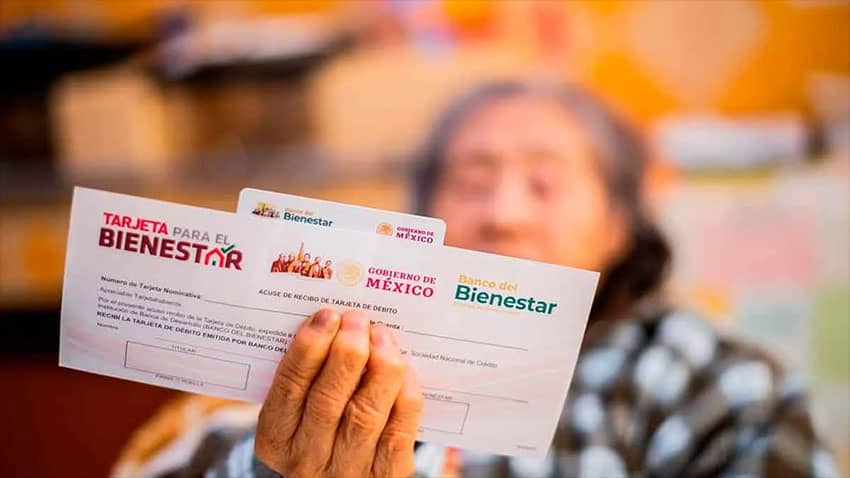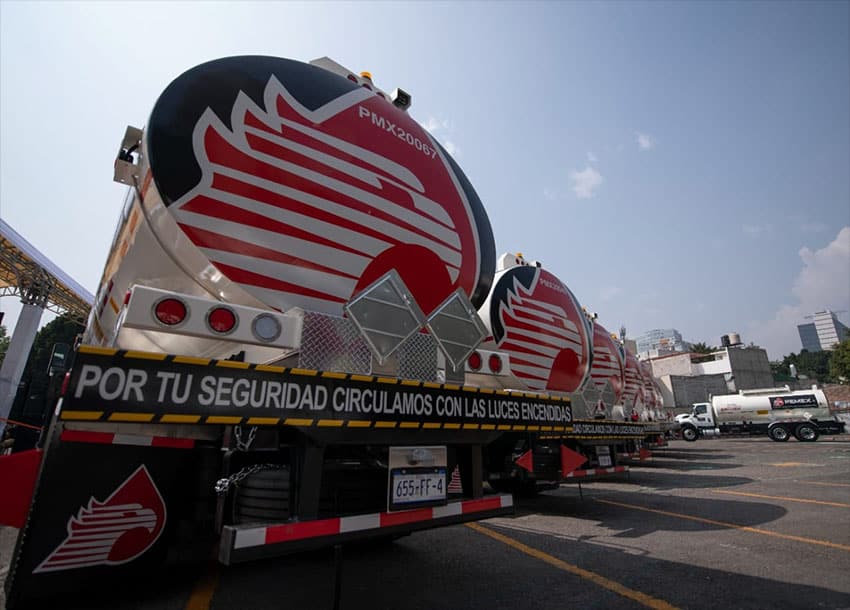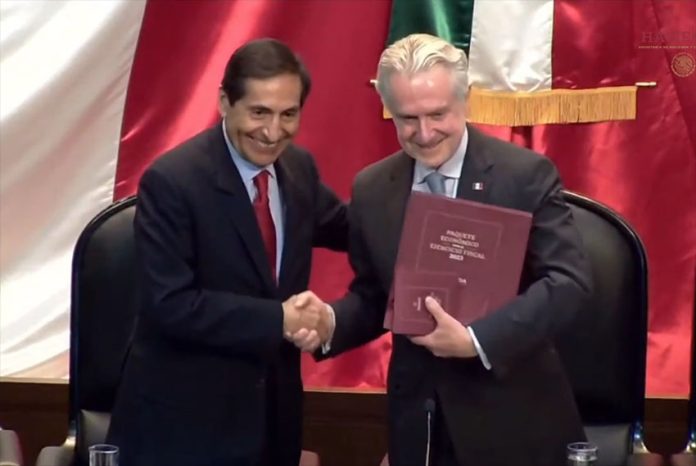Infrastructure projects, seniors’ pensions, health care and social programs are among the big-ticket items in the federal government’s proposed 8.3-trillion-peso (US $417 billion) 2023 budget.
Delivered to Congress on Thursday, the economic package outlines proposed spending whose total is 11.6% higher in real terms than that approved for 2022.
The Ministry of Finance (SHCP), which prepared the budget, said that the package is “aligned with the 2019-24 National Development Plan,” whose purpose is to “achieve an environment of security and general well-being for the Mexican population.”
The proposed expenditure, which must be approved by Congress to be implemented, “confirms the Mexican government’s commitment to maintain healthy public finances despite the complex international situation,” the SHCP said in a statement.
The Tourism Ministry is slated to get 145.6 billion pesos, an increase of 111% compared to the resources it was allocated for 2022.
However, 98% of that amount is earmarked for construction of the Maya Train railroad, one of the government’s priority infrastructure projects. The total cost of the project, which is not yet 50% complete, is now slated to be 230 billion pesos (US $11.5 billion).
The Environment Ministry is also in line to get a substantial funding boost: it received 42.8 billion pesos in 2022 but is set to get 75.6 billion pesos next year, a 77% increase.
The Welfare Ministry, responsible for paying pensions to seniors and government benefits to citizens in general, is slated to get a more modest 30% increase in funding, but its proposed budget – just over 400 billion pesos – is the largest of any ministry. Over 80% of that amount will go to paying pensions to millions of Mexican seniors.

The SHCP also outlined significant spending on health care. The Mexican Social Security Institute, a major health care provider, is slated to receive over 1.1 trillion pesos – an increase of almost 10% compared to this year – while the Ministry of Health is in line to get 209.6 billion pesos.
Among the other ministries with large proposed budgets for 2023 are Public Education (402 billion pesos) and National Defense (111 billion pesos). The former is responsible for implementing a new curriculum model in the nation’s schools, while the latter is engaged in a range of non-traditional tasks including public security, management of customs and infrastructure construction.
The government has proposed cutting the Federal Electricity Commission’s budget by 6.9% to just under 440 billion pesos, while the state oil company Pemex is slated to get 678.4 billion pesos, a slight increase compared to this year. President López Obrador is determined to “rescue” both state-owned companies from what he describes as years of neglect.
He is also determined to deliver a range of infrastructure projects – including the Maya Train, the Dos Bocas refinery on the Tabasco coast and a new railroad to link the Pacific and Gulf of Mexico coasts across the Isthmus of Tehuantepec – and improve the living conditions of the nation’s most disadvantaged people.
Almost 830 billion pesos are slated to go to the construction of strategic projects next year, while 1.75 trillion pesos is earmarked for social programs, including the pension scheme, the Youths Building the Future apprenticeship scheme and the Sowing Life reforestation and employment program. Some 1.2 trillion pesos is set to go to state and municipal governments, a 14% increase compared to the 2022 budget.
The government’s budget document also includes a range of economic forecasts, including projected income of 7.1 trillion pesos in 2023.
The SHCP forecast GDP growth of 2.4% in 2022 and predicted that the annual inflation rate will be 7.7% at the end of the year, which would be 1% lower that the level reached in August.
The ministry also predicted an exchange rate of 20.6 pesos to the U.S. dollar at the close of 2022 and a central bank benchmark interest rate of 9.5%, one point above the current level. In addition, it predicted an average 2022 price of US $93.60 per barrel of Mexican crude and a production level of 1.83 million barrels per day.

For 2023, the SHCP forecast growth in the range of 1.2% to 3% and predicted that inflation would come down to within the central bank’s target range of 3% give or take a percentage point by the end of the year. It predicted that a greenback will buy 20.6 pesos at the end of next year and that the key interest rate will be 8.5%. A lower Mexican crude price of US $68.70 is anticipated but output is slated to ramp up to 1.87 million barrels per day.
The SHCP also predicted public debt of 49.4% of GDP at the end of 2023. It highlighted that debt as a percentage of GDP “has only grown four points” since the government took office despite the economic downturn precipitated by the coronavirus pandemic, described as “the worst crisis of the last 80 years.”
It emphasized the role the government’s “prudent fiscal policy” played in keeping debt levels down.
In an address to lawmakers on Thursday, Finance Minister Rogelio Ramírez de la O asserted that the 2023 economic package is “balanced, responsible and realistic” and will drive the country’s economic recovery from the pandemic-induced downturn.
The budget ensures that government will continue to function, but directs the majority of resources to projects that will benefit the well-being of the Mexican people, he said.
With reports from Animal Político, El Economista and La Jornada
